FS Colour Series: Mahogany Rose Inspired by Georgia O Keeffe’s Dusty Mountains
While her name is synonymous with daring, abstract flower paintings, the great American 20th century painter Georgia O’Keeffe spent the later years of her life painting the dry, barren and wide-open landscape of New Mexico, a place she came to call home after escaping from the bustling metropolis of New York. The pale, parched pink of Mahogany Rose was a recurring feature of her late, New Mexico landscapes, colouring dusty, undulating mountains and great stretches of sun-bleached land that became an endless fountain of inspiration. Marvelling on the New Mexico outback, she observed, “As soon as I saw it, that was my country. I’d never seen anything like it before, but it fitted to me exactly.”
O’Keeffe first visited New Mexico in 1917, during a holiday spent travelling from Texas to Colorado. In 1929, she made her first trip to northern New Mexico, where the empty landscapes and gaping skies flooded her imagination with possibilities. “I used to think that somebody could teach me to paint a landscape,” she wrote in her diary, “I hunted and hunted for that person and finally found that I had to do it myself.”
One of the artist’s most celebrated New Mexico landscapes, Black Mesa Landscape, New Mexico / Out Back of Marie’s II, 1930 documents the view from a ranch owned by the artist’s friend Marie Tudor, looking out into the Rio Grande Valley. We see in this painting the artist’s fascination with the dusty pink earth that formed monumental sculptural mounds, or what she called the “red hills”, and how she carefully renders its uneven surface with subtle, shifting modulations in light and tone to convey its craggy, cavernous and ancient qualities that she considered steeped in sacred qualities. In her art, she aimed to convey its spirit, rather than a likeness, writing in a journal, “I long ago came to the conclusion that even if I could put down accurately the thing that I saw and enjoyed, it would not give the observer the kind of feeling it gave me. I had to create an equivalent for what I felt about what I was looking at–not copy it.”
The artist’s love affair with New Mexico continued into the 1940s and beyond. She spent much of these years living and working here, at Ghost Ranch, and Abiquiu, where she made a large body of work that obsessively explored the country’s unique qualities of place. Titles such as My Front Yard, Summer, 1941, My Backyard, 1943, and, again, My Backyard, from 1945, demonstrate the sense of belonging and ownership she found here in the barren wilderness of the Southwest.
In all these paintings, closely-toned warm and dusty pinks convey the subtle shifting light roaming across the craggy surface of the mountains, so steeped in history and memory, that mesmerized O’Keeffe for decades. In a letter to her good friend and fellow artist, Arthur Dove, she wrote, “I wish you could see what I see out the window–the earth pink and yellow cliffs to the north–the full pale moon about to go down in an early morning lavender sky behind a very long beautiful tree covered mesa to the west–pink and purple hills in front and the scrubby fine dull green cedars–I wish you could see it.”
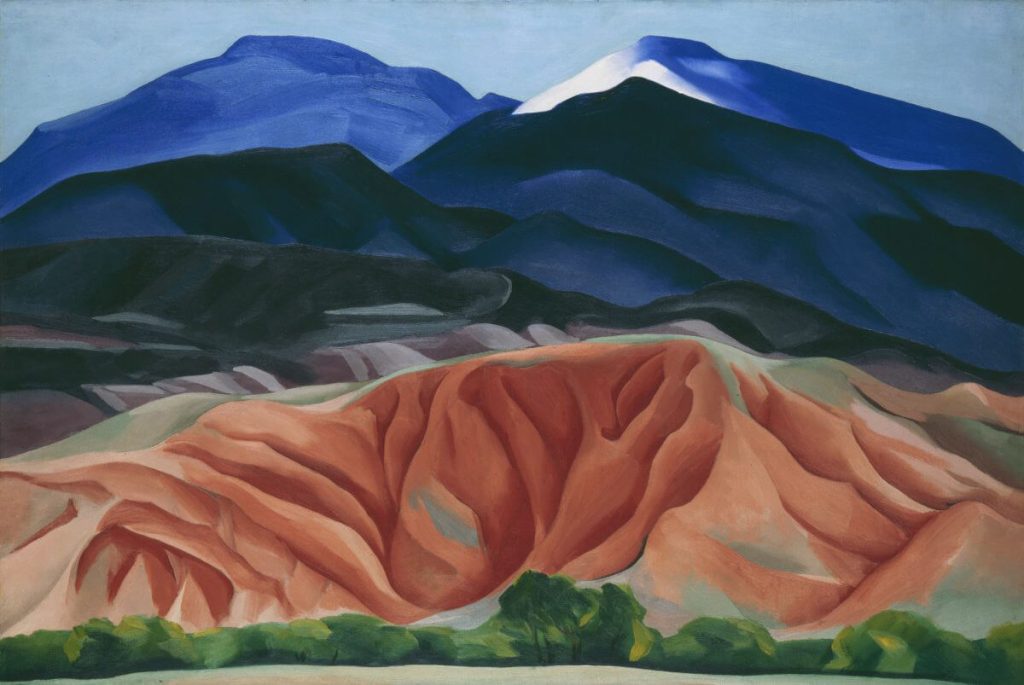
Georgia O’Keeffe, Black Mesa Landscape, New Mexico / Out Back of Marie’s II, 1930. © Georgia O’Keeffe Museum/DACS, London
In 1949, O’Keeffe laid down roots, making New Mexico her permanent home following the death of her husband, Alfred Stieglitz. She bought two homes in Abiquiu, one in Ghost Ranch and a studio closer to the village, and continued to draw and paint out here in the barren wilderness for the remainder of her life. During these final years O’Keeffe made some of the most enduring and monumental paintings of her life, where the quiet, remote solitude provided her with the ultimate creative freedom.


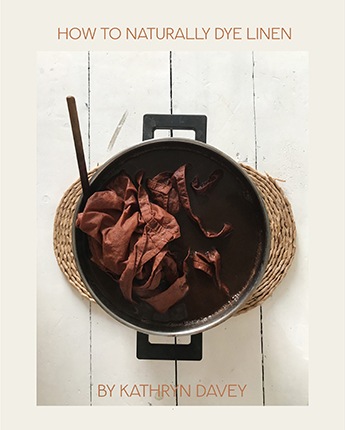
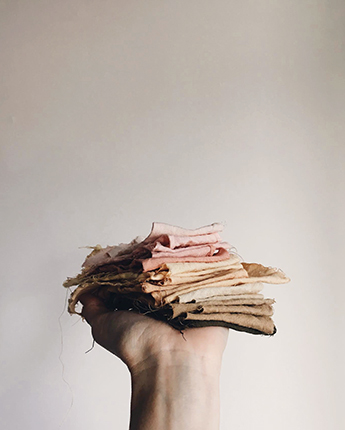

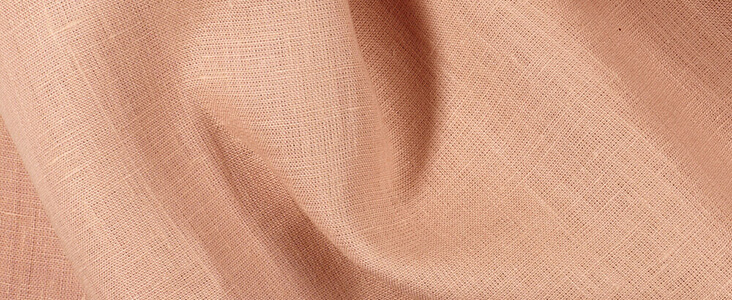
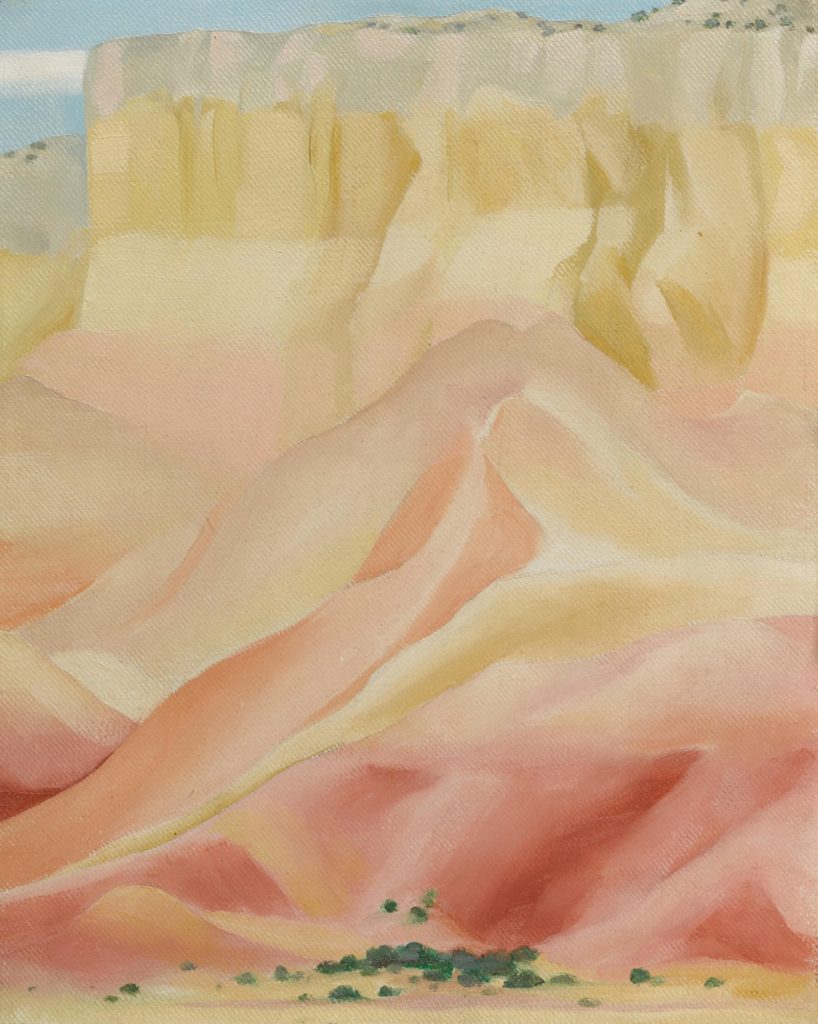
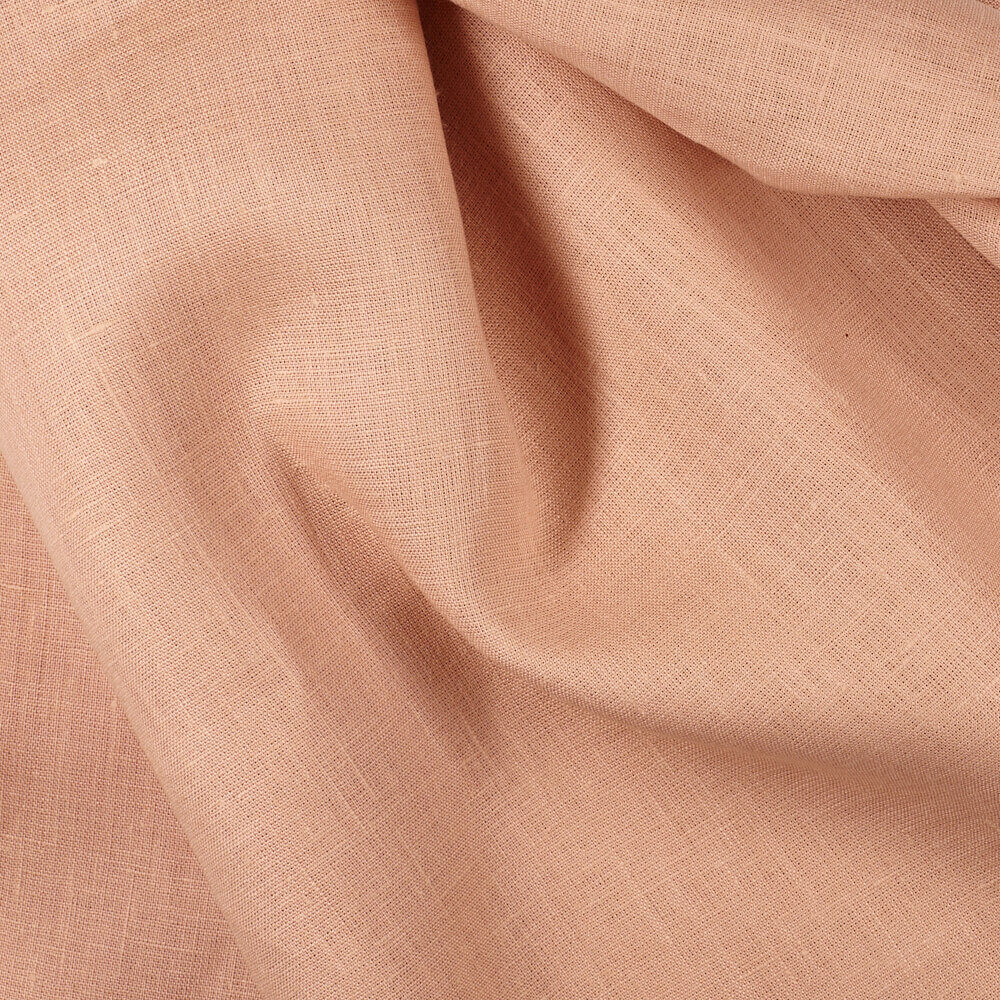
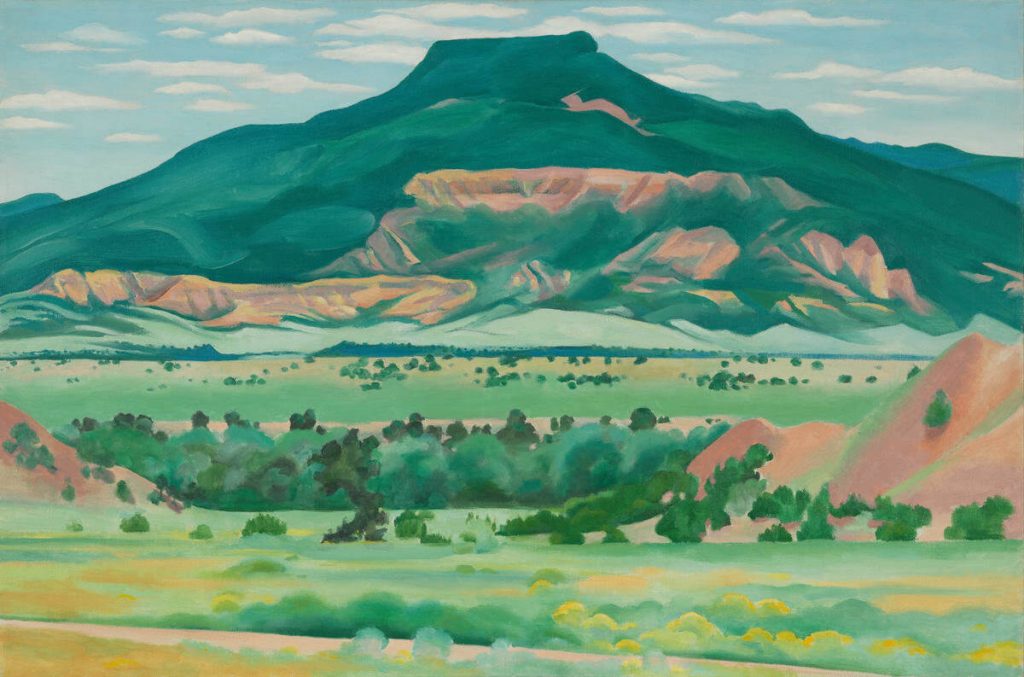
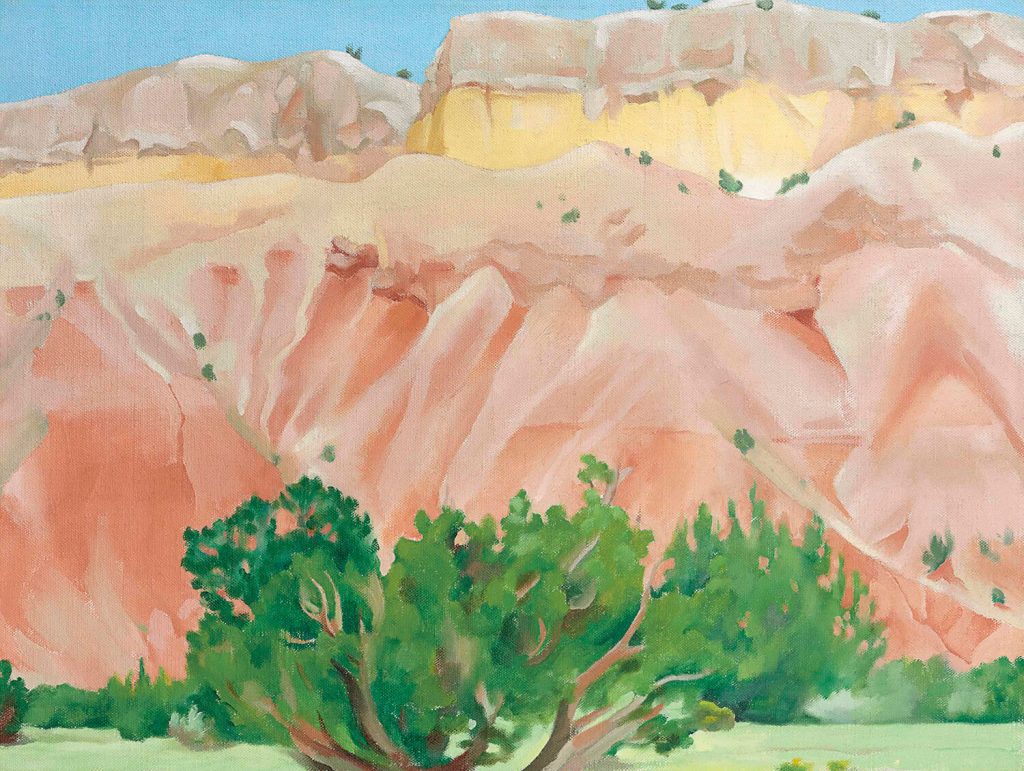
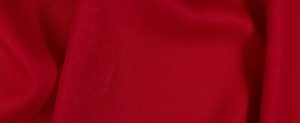
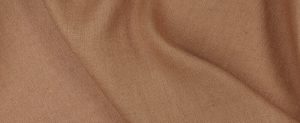

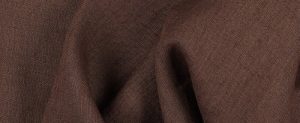





















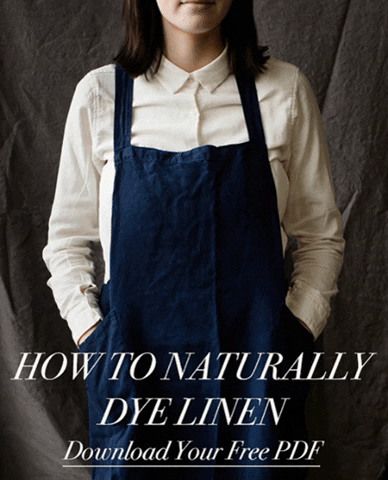




Leave a comment